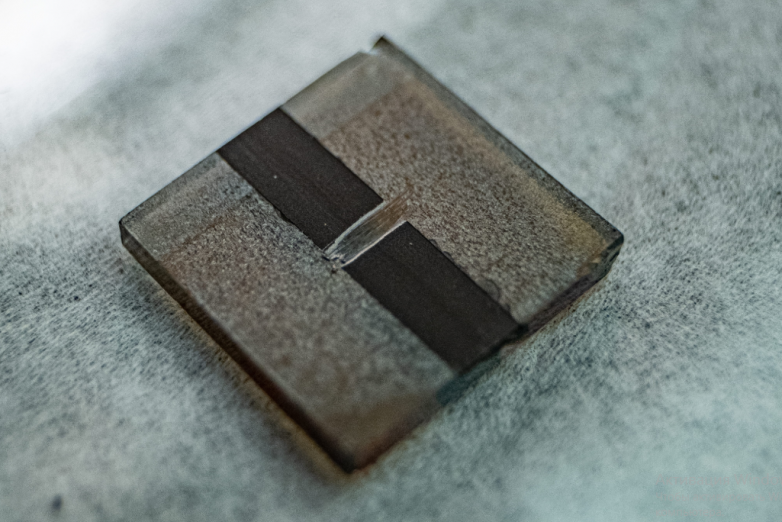Solar cells made of fully inorganic perovskite materials show higher durability
- As William Marsh Rice research university scientists say, PSC can be manufactured under outdoor conditions, remain intact during months and have an efficiency exceeding 12 per cent, in case we use In instead of part of plumbum. Such an alteration will as well diminish defects that give negative impact to the solar panel bandgap.

The researchers call it a completely innovative approach. They say it has nothing to do with habitual perovskites we have known for a dozen of years. The hybrid organic-inorganic material provides maximum efficiency stated for now – around 25 per cent. However, the mineral in question is quite unstable, which makes the main challenge.
The above compound is presented by cesium lead iodide. The effectiveness of this chemical is usually worsened due to a range of defects.
The new fully inorganic structure is CsPbI3:Br:InI3.
The modified composition has a bandgap identical to CsPbI3, but the number of characteristic defects has been minimized.
Combination of the carbon-paste electrode with the modified active layer has helped reach over 12 per cent effectiveness and 1.2 Volt outputs not to mention over-sixty-day air stability.
The scientists say that the mineral’s efficiency can reach up to 20 per cent. They are convinced that in case this maximum is obtained, the substance can be used for commercial purposes. The material offers quite a few benefits compared to photovoltaics made of crystalline silicon. The perovskite production is inexpensive, it is solution-based and can be scaled up easily. All one has to do for creating a PV cell is cover a substrate with a layer of perovskite and leave it for drying.
Also read
- Revolutionary Solar Cells Power Drone with Unprecedented Efficiency
- Unlocking Perovskite Secrets: Next-Gen Solar Cell Breakthrough
- Ultra-lightweight Perovskite Solar Cells Power Energy-Autonomous Drones
- Revolutionary CFS Technique for Rapid Perovskite Solar Cells
- Optimizing Guest Components for High-Efficiency Solar Cells
